The pre-feasibility report for the North-South high-speed railway project has taken into account the connection with existing and planned railway lines as well as the urban railway network in Hanoi and Ho Chi Minh City. The plan to connect major airports, seaports, important economic zones and connect with the international railway network has also been mentioned by the Ministry of Transport in this report.

A representative of the Railway Project Management Board (Ministry of Transport) said that the Pre-Feasibility Report of the North-South high-speed railway project has fully calculated the connection options with existing and planned railway lines as well as the urban railway network in Hanoi and Ho Chi Minh City.
Convenient connection to existing railway lines and urban railways
Specifically, in the northern region, from Ngoc Hoi complex, Thuong Tin station, the high-speed railway line connects with the northern national railway lines such as Lao Cai - Hanoi - Hai Phong , Hanoi - Lang Son through the Eastern belt railway line which is implementing a pre-feasibility study report and the planned Western belt railway line.
The route connects with the center of Hanoi via urban railway line No. 1; connects with Noi Bai International Airport via urban railway line No. 6; connects with the seaport in Hai Phong area, international transit with China via Lao Cai - Hanoi - Hai Phong, Hanoi - Lang Son routes.
In the Central region, the high-speed railway connects international transport with Laos at Vung Ang station via the Mu Gia - Vung Ang - Vientiane railway; at Chu Lai station, it connects with Chu Lai airport, which is planned to be the hub for air freight transport in the Central region.
The route connects Vung Ang seaport (via Vung Ang high-speed railway freight station), Ky Ha port (via Chu Lai high-speed railway freight station), Van Phong port (Ninh Hoa high-speed railway freight station). In addition, in the Central region, the high-speed railway route has been planned to connect with the railway route through the Central Highlands at Da Nang station.
In the Southern region, the high-speed railway connects with the railway network of the Ho Chi Minh City hub, Cai Mep - Thi Vai seaport via the Bien Hoa - Vung Tau railway (connecting at Trang Bom high-speed railway station); connects international transport with Cambodia via the Ho Chi Minh City - Loc Ninh railway; connects the Mekong Delta region via the Ho Chi Minh City - Can Tho route.
From Thu Thiem station (the end point of the North-South high-speed railway line) connecting to the center of Ho Chi Minh City, Tan Son Nhat International Airport via urban railway lines; connecting directly to Long Thanh International Airport at Long Thanh station.
"The route and station locations in the project have been agreed upon by the localities and are consistent with provincial planning; there is the ability to connect stations with urban centers by a convenient road system. It is expected that the project will invest in about 13km of road connecting each station with the regional road system, with a scale of 4-6 lanes.
In the feasibility study report preparation step, the Ministry of Transport continues to request consultants to coordinate with relevant agencies and localities to update the project into relevant planning to ensure synchronous and convenient connections, and improve investment efficiency," said a representative of the Railway Project Management Board.
International transport connection, fast clearance of goods
Regarding the connection plan, all plans orient the starting point of the North-South high-speed railway at Ngoc Hoi terminal station and the end point at Thu Thiem station. The collection, clearance of passengers and connection to the core urban area are carried out via urban railways, intra-regional railways and public transport.
For example, at Ngoc Hoi station complex, it is connected via urban railway lines 1 and 6; at Thu Thiem terminal station, it is connected via urban railway lines 2 and 10 and the Thu Thiem - Long Thanh regional railway line.
At Ngoc Hoi passenger station, Hanoi City plans to reserve about 250 hectares for the Ngoc Hoi complex to fully function as a national and urban hub station.
In Ngoc Hoi area, a fully planned and synchronized traffic system is planned: Ring Road 3.5, Ring Road 4, National Highway 1, 3 urban railway lines (1, 1A, 6) and bus system, square to meet the needs of taxis and private vehicles; at the same time, connecting the existing North-South national railway, the Eastern Ring Road, the Western Ring Road, will help to quickly and conveniently relieve the high-speed railway passenger traffic.
The Ho Chi Minh City hub area, Thu Thiem station area, has a fully planned synchronous traffic system: Ring Road 3.5, Ring Road 4, National Highway 1, 3 urban railway lines, Thu Thiem - Long Thanh regional railway line and bus system, square to meet the needs of taxis and private vehicles to access, which will help to quickly and conveniently relieve the high-speed railway passenger traffic. The preparation, repair and parking of high-speed railway trains will be carried out at Long Truong.
Regarding international transit connections, the consultant said that currently, international transit freight transport mainly connects in the Northern region with Chinese railways, from there to third countries, to Europe, through two railway lines: Hanoi - Dong Dang, Hanoi - Lao Cai.
The existing Hanoi - Dong Dang railway has a dual-gauge railway, which can run both 1,000mm and 1,435mm gauge trains. The existing Lao Cai - Hanoi railway has a 1,000mm gauge, but the new Lao Cai - Hanoi - Hai Phong railway with a 1,435mm gauge is being prepared for investment according to the plan.
The demand for international freight transport on the North-South corridor is mainly textiles, consumer goods, electronic components, vegetables and fruits... Goods transported by high-speed rail are mainly light, high-value goods such as express delivery goods.
When there is a need for international intermodal transport, goods can be transported through 5 freight stations on the high-speed railway at Thuong Tin (Hanoi), Vung Ang (Ha Tinh), Chu Lai (Quang Nam), Ninh Hoa (Khanh Hoa) and Trang Bom (Dong Nai). If necessary, to connect with existing railway lines of 1,000mm gauge, at the hub station, there will be equipment for transferring between 1,000mm and 1,435mm gauge trains.
"International experience shows that it is possible to arrange lifting and lowering equipment to transfer goods between two railway gauges (1,000mm and 1,435mm), the time to clear goods with a 2,000-ton train is only about 1 hour. Currently, this transfer technology has been researched and designed at Trang Bom station of the Bien Hoa - Vung Tau railway project," said the consultant.
Source










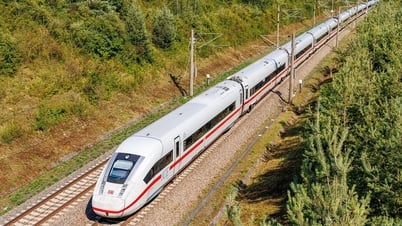

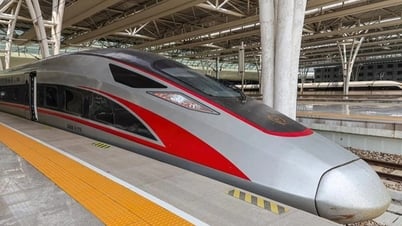







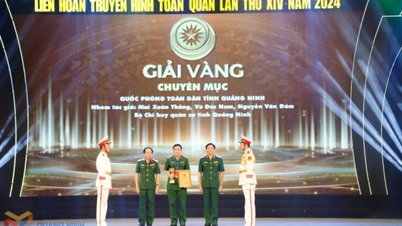

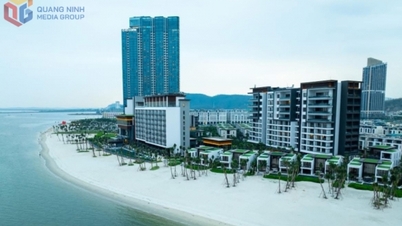
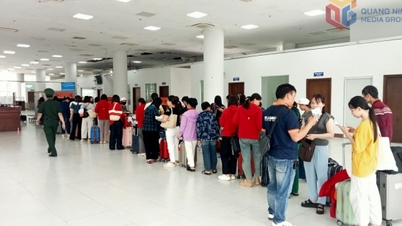
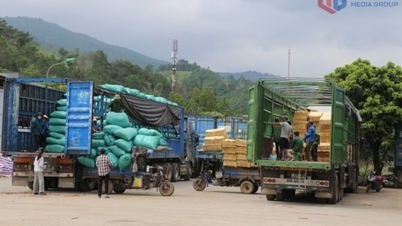










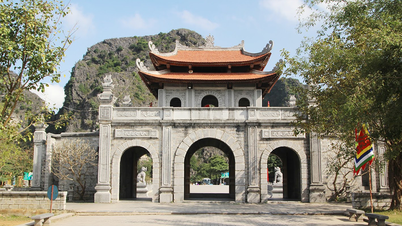







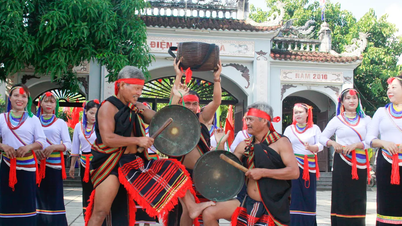

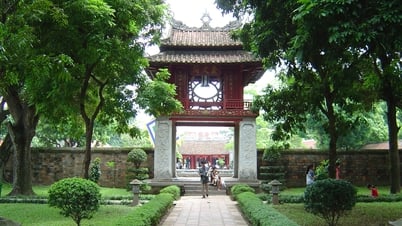

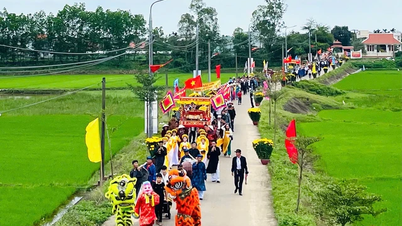


































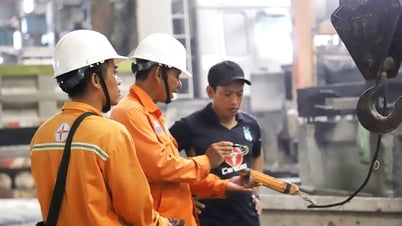

















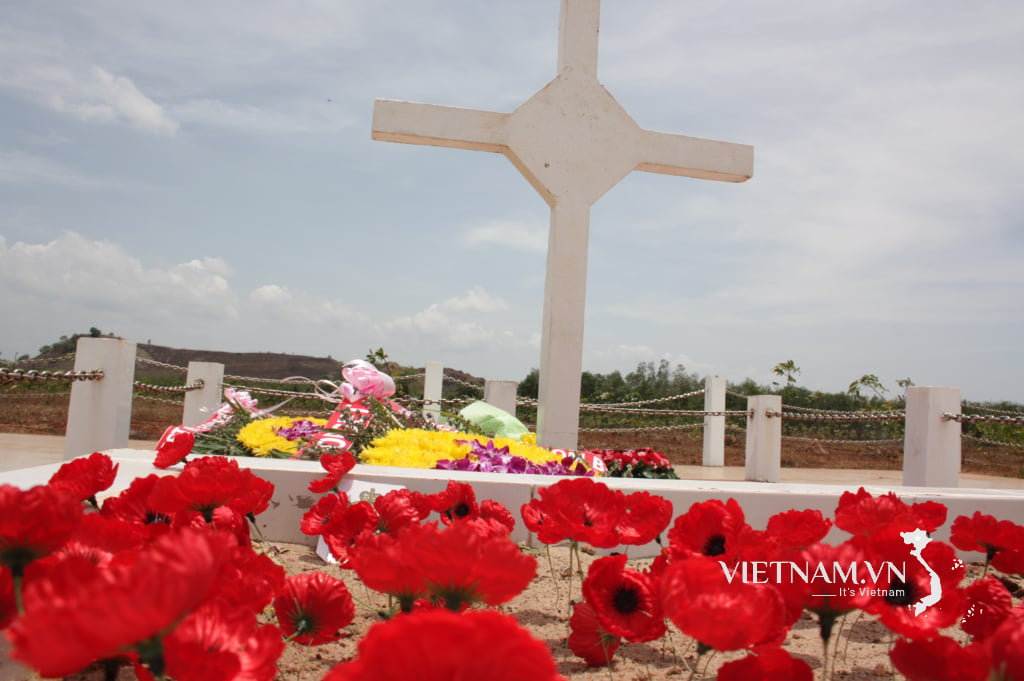
Comment (0)